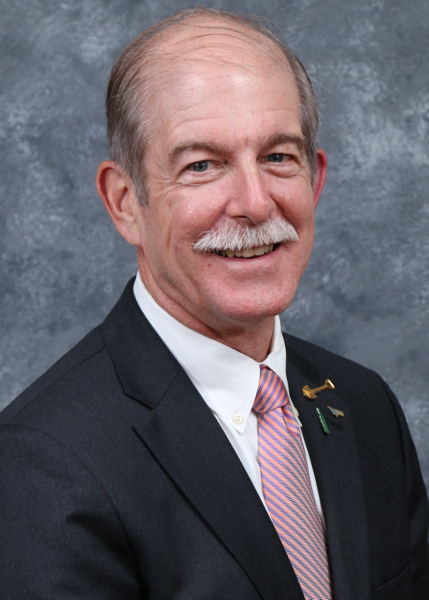One of my favorite questions to ask young professionals (YPs) is: Where do you want to be in 10 years? Often I receive a blank stare, but occasionally someone offers a clearly defined goal. Then I ask a follow-up question: How are you going to get there? Generally, individuals who’ve decided where they want to be have a straightforward plan to reach their goal.
What if we asked the same questions of the Water Environment Federation (WEF; Alexandria, Va.), such as: Where should the organization be in 10 years, and how will it get there? The response would be to follow the strategic plan that leads WEF’s vision — “a community of empowered professionals creating a healthy global water environment.” The plan features critical objectives and strategic goals that provide a roadmap — guidance and direction to our future.
Everything WEF undertakes should align with one of its five critical objectives:
- Develop an engaged membership that is representative of the multiple practice areas of the water environment industry.
- Provide a broad range of professional content and programming that is relevant and widely valued by the water sector worldwide.
- Generate an increased public awareness of the value of water leading to increased funding to protect water quality through appropriate levels of infrastructure, management approaches, and services.
- Establish the conditions that promote accelerated development and implementation of innovative technologies and approaches in the water sector.
- Operate a sustainable business that supports our mission, and enables WEF to seize new opportunities in the emerging water sector.
Staying on track requires focus at every level. Work done by members, committees, the Committee Leadership Council, House of Delegates, and Board of Trustees moves WEF towards its goal. Each initiative and every program must be measured against its ability to align with and deliver on the critical objectives. WEF staff also will be a critical asset, helping keep plans aligned with the direction WEF is moving. Without this focus, WEF could stray from its course and fail to achieve its potential.
While developing initiatives and programs to meet the critical objectives, we must set clear, defined metrics for success and appropriate milestones to measure progress during our journey. Both strategies are critical for assessing WEF’s movement toward its vision and essential for determining WEF’s success in aligning tasks with its critical objectives.
This year, my primary objective is to keep WEF moving towards achieving its vision. To help, the Board of Trustees recently prioritized the strategic goals, which will be used to develop a 3-year business plan.
My second objective is to improve engagement of YPs from the multiple practice areas of the water sector. Giving YPs the opportunity to work in WEF’s committees or on other assignments both advances their professional development and strengthens WEF’s perspective on water issues. Developing engagement models for YPs across WEF is a first step in achieving this objective.
My final objective for the year is promoting sustainable water resource recovery facilities. As WEF promotes resource recovery, we also should embrace the concept of sustainability. Not only environmental sustainability but business sustainability. Resource recovery facilities should operate like businesses with investments and returns, helping sustain the bottom line as well as their purpose..
The value of our strategic plan, critical objectives, and strategic goals is that we all know the direction WEF is heading and how we’re getting there. This knowledge allows each of us to participate in WEF and help deliver our future.
— Paul Bowen, WEF President 2015–2016









January 20, 2016
Featured